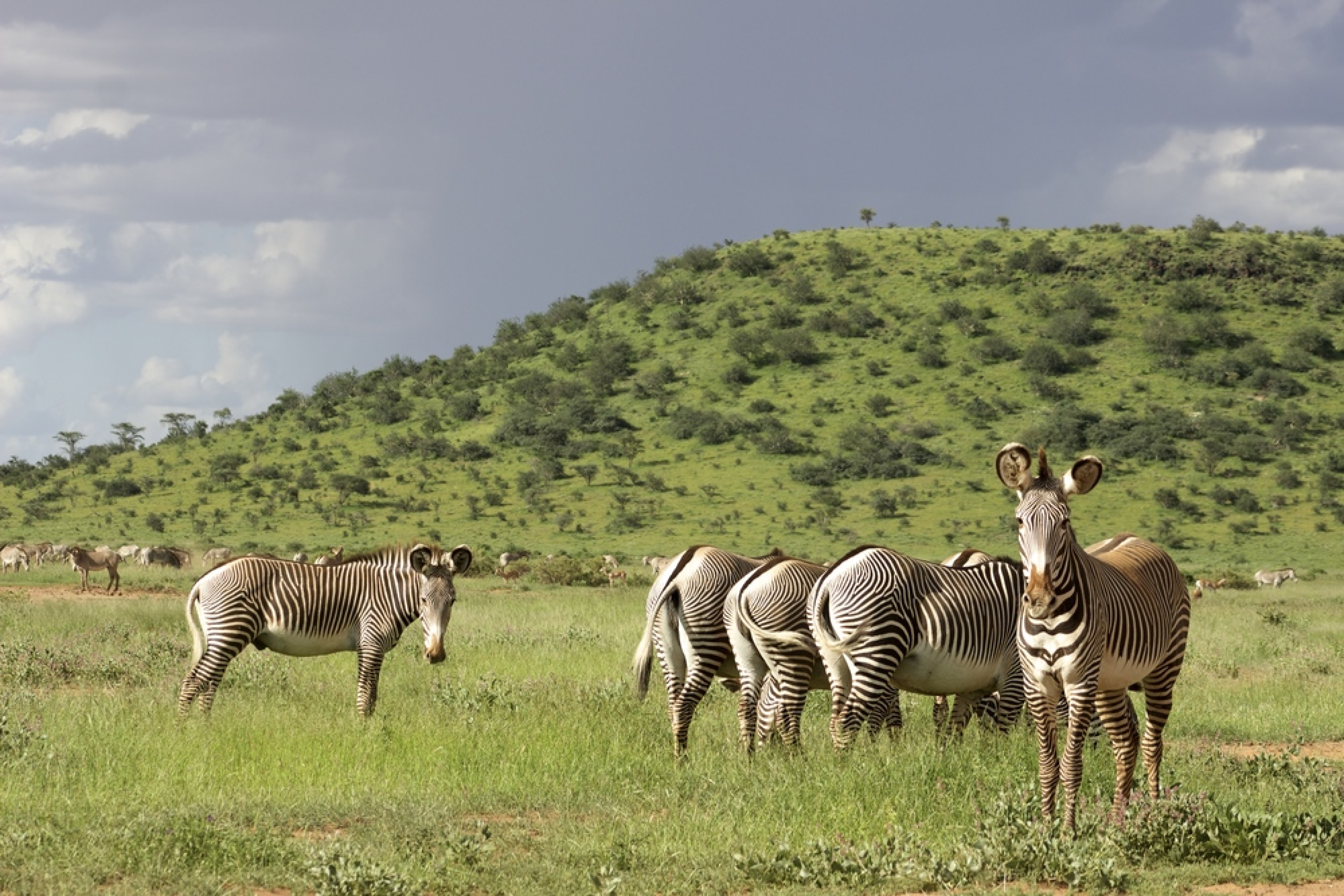Wildbook applies computer vision algorithms and deep learning to identify and track individual animals across hundreds of thousands of photos. We help researchers collaborate with each other and citizen scientists contribute to the effort. A.I. scales and speeds research and conservation.
We train computer vision to find individual animals in photos and identify the species.
When we know where each animal is, we can identify them individually using algorithms that make digital "fingerprints" for each animal, looking for unique patterns. We replace hours of human labor with just a few minutes of computer vision, scanning for matches across tens of thousands of photos.
If we can quickly track individuals in a population, we can model size and migration to generate new insights and support rapid, data-driven conservation action.

We can identify individuals of these species using fully automated computer vision:
and more soon!


